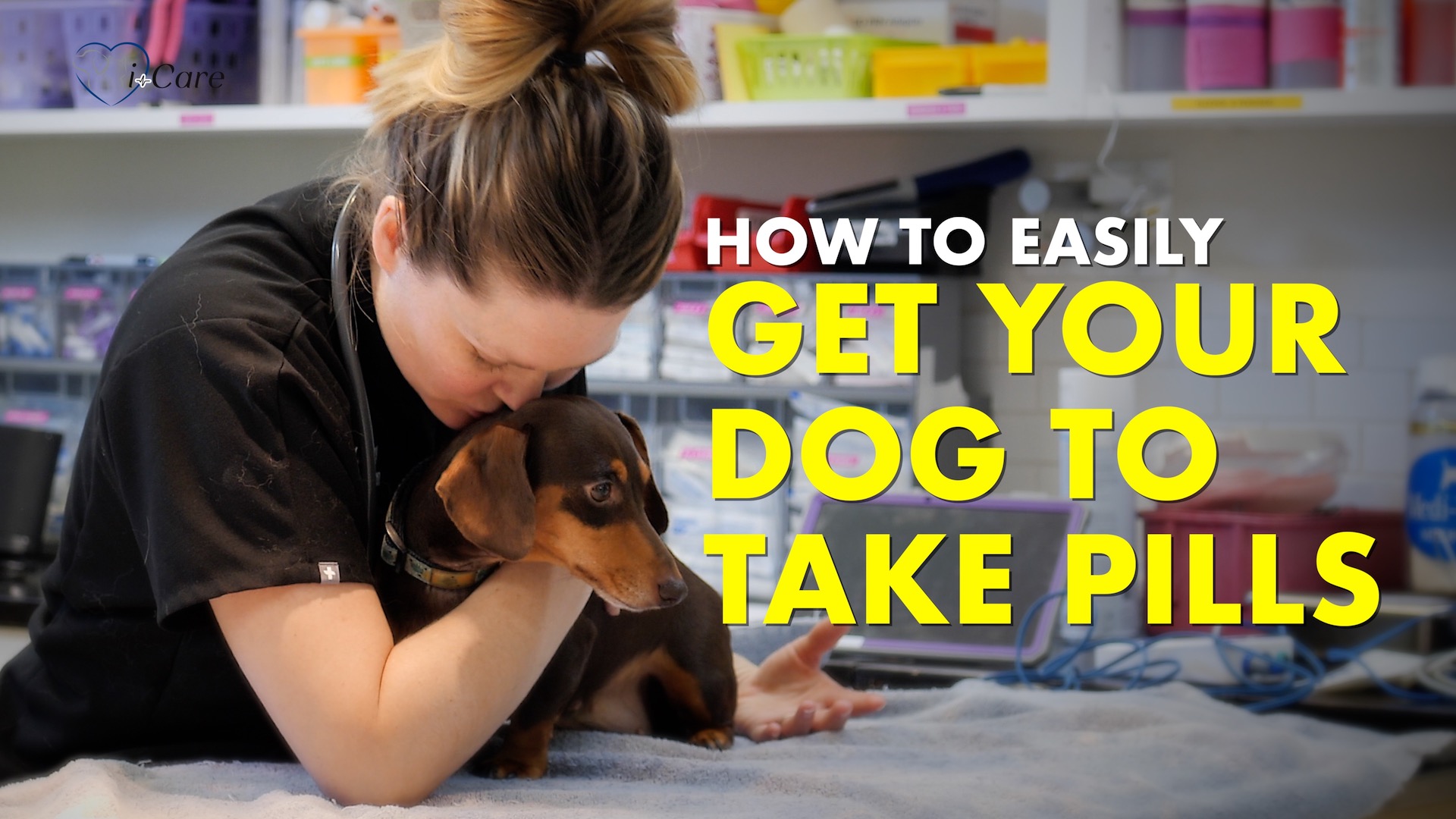
Making Medication a Breeze: A Veterinarian’s Guide to Administering Pills to Dogs and Cats
As veterinarians, we understand that giving medication to our beloved pets can be a challenging task for pet owners. However, ensuring your furry companions receive their prescribed pills is crucial for their well-being and recovery. In this blog post, I’ll share some expert tips on how to make the process of giving medicine to dogs and cats stress-free and successful.
Hiding Pills in Treats:
One of the most effective ways to give medication to dogs and cats is by disguising the pills in their favourite treats. Choose soft treats that can be easily moulded around the pill or opt for commercially available pill pockets designed to hold medication. The enticing smell and taste of the treat will often overshadow the presence of the pill, making it more likely that your pet will gobble it down without hesitation.
Crush or Dissolve Pills (If Approved by Your Veterinarian):
For pets who are particularly difficult to medicate, consult your veterinarian at i-Care Veterinary Hospital to see if the pills can be crushed or dissolved in water. Administering medication in liquid form can be easier and less stressful for both pets and owners. However, it’s essential to check with your vet first, as some medications may lose their effectiveness if altered.
Use Pill Dispensers:
Pill dispensers are handy tools designed to hold pills securely and assist in the administration process. These devices help to ensure accurate dosing and prevent the risk of your pet spitting out the pill. They are especially useful for pets that require multiple medications throughout the day.
The Gentle Art of Pill Popping:
When giving pills to pets, always approach them with a calm and reassuring demeanour. Hold the pill between your thumb and index finger and gently tilt your pet’s head upward. With your other hand, open your pet’s mouth by applying gentle pressure on the lower jaw. Drop the pill as far back on the tongue as possible, then close the mouth and stroke the throat gently to encourage swallowing. Please ask us for help or advice if you would like to try this technique.
Reward and Praise:
Positive reinforcement goes a long way in making the medication process easier. After successfully administering the pill, reward your pet with a treat, extra affection, or playtime. Associating the experience with positive interactions will help reduce anxiety in future medication sessions.
Conclusion:
At i-Care Veterinary Hospital in Coombs, we understand the challenges of giving medication to dogs and cats. By using these tips and tricks, you can turn this potentially stressful task into a seamless process for both you and your furry friend. Remember, the health and well-being of your pet are of utmost importance, and adhering to the prescribed medication regimen is vital for their recovery. If you ever need professional veterinary assistance or have any concerns about your pet’s health, don’t hesitate to visit i-Care Veterinary Hospital, conveniently serving Qualicum Beach, Parksville, and all of Central Vancouver Island.
(Note: The information provided in this blog post is for general informational purposes only and should not replace professional veterinary advice. Always consult with your veterinarian for personalized guidance on your pet’s specific medical needs.)

No Comments